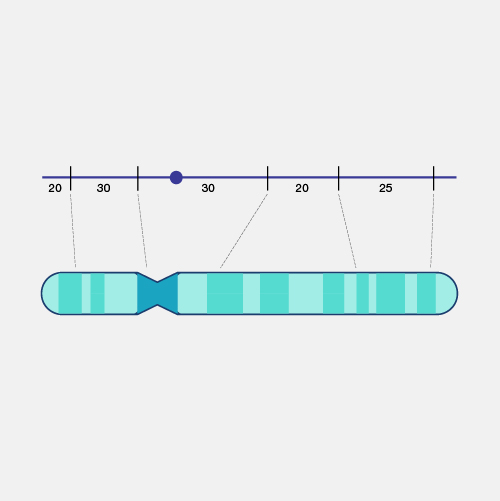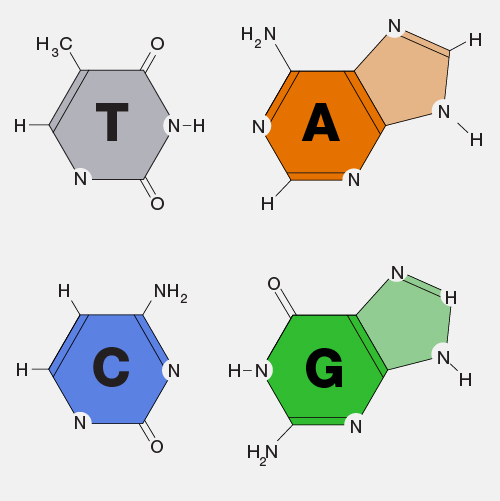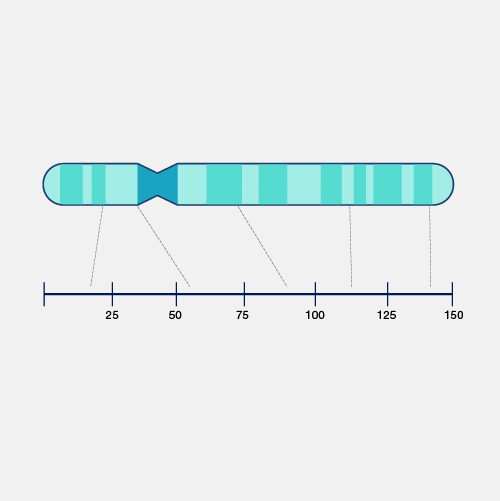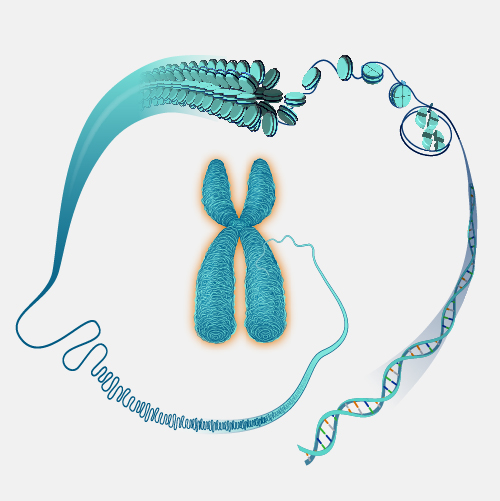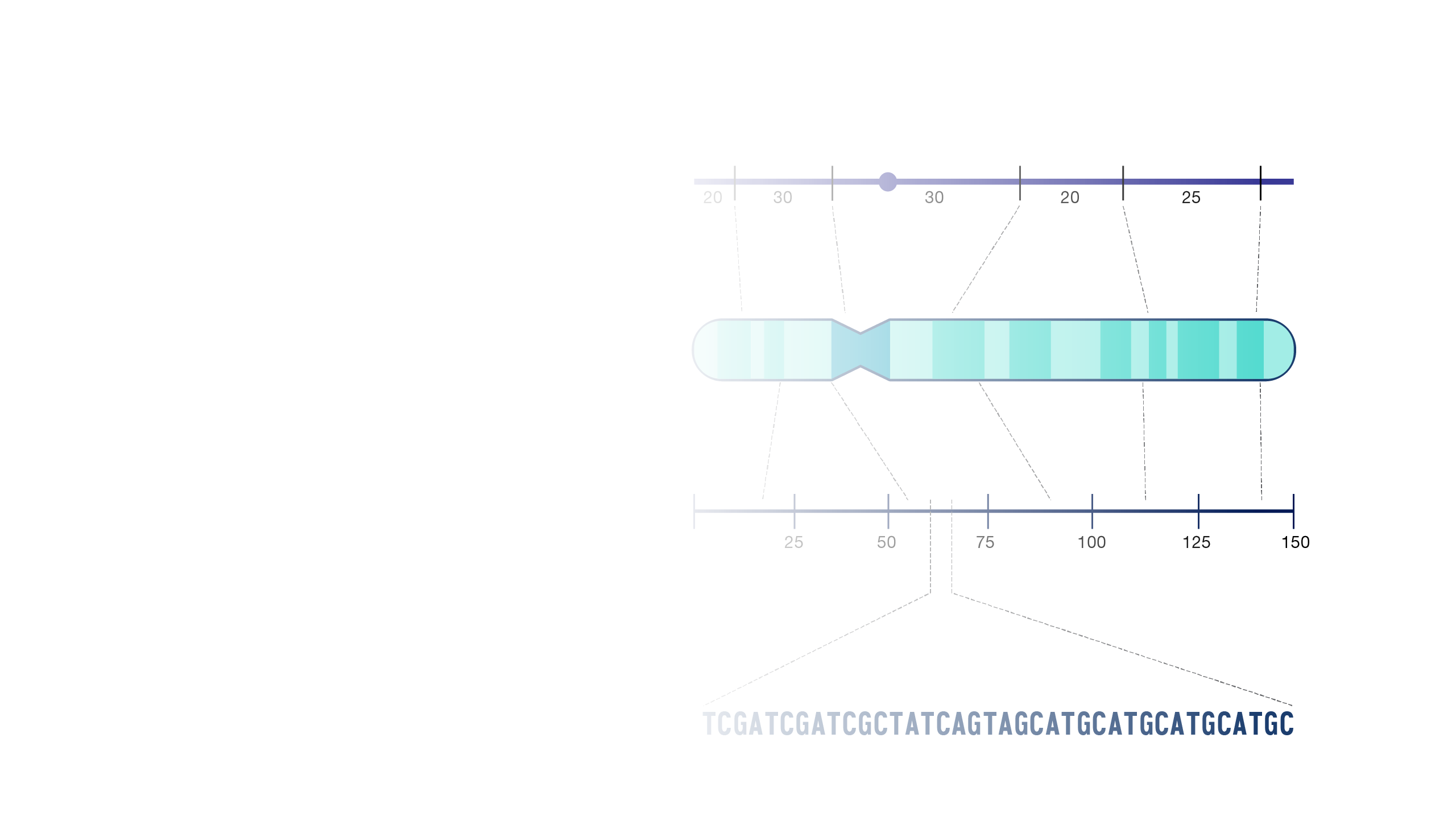
Mapping
Definition
Mapping refers to the process of determining the relative locations of landmarks or markers (such as genes, variants and other DNA sequences of interest) within a chromosome or genome. Historically, there have been two approaches for mapping: physical mapping, which established maps based on physical distances between landmarks, and genetic mapping, which established maps based on the frequency with which two landmarks are inherited together. Today, the most efficient approach for mapping involves sequencing a genome and then using computer programs to analyze the sequence to identify the locations of landmarks.
Narration
Making a map of something simply reflects getting oriented and organized relative to what you are studying. Mapping a city might involve determining where are the roads and the restaurants and the stores. Or at higher resolution, it might involve determining where is every tree and every house. The same is true for mapping a genome. Some genome maps reflect the location of big chromosomal regions. Other genome maps reflect the location of genes that encode proteins or places where the DNA spelling is different among people (known as genomic variants). The highest-resolution genome map is its actual DNA sequence, reflecting the precise order of the Gs, As, Ts, and Cs in the genome’s DNA.


